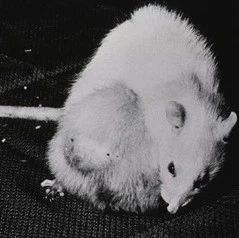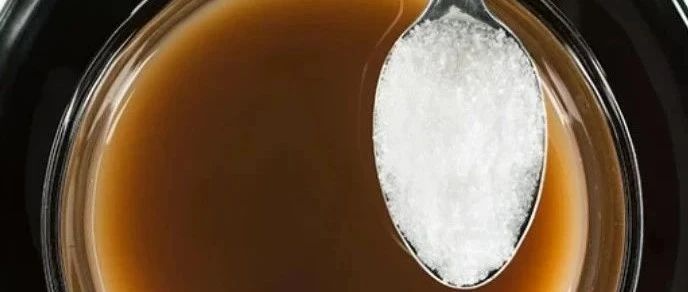近日,来自国家标准技术局(NIST)的研究者开发出了一种新型的模型,用于对一组细胞对给定环境或刺激做出反应和改变的情况进行量化预测。新型的研究模型可以对一系列细胞复杂的进化过程分配可靠的数字,而且为高效的生物工业化操作和基于干细胞的疗法提供更为精确的能力。相关研究成果刊登于10月30日的国际杂志PNAS上。

培养细胞的荧光成像图片(从左上起依次为14、28和42小时)
细胞的行为和命运在部分上是由DNA来决定的,活细胞对于内外环境的反应,比如说是其内部特殊蛋白质的浓度或者其外部的化学环境,都是具有固有的概率的,我们并不能预测任何细胞未来的状况到底如何。
研究者表示,这种固有的不确定性最终都会出现一种结果,尤其是干细胞使用过程中,最终都会发生安全效用事件,因为很难在培养基中得到100%完全意义上的干细胞最终分化的状态。
这项研究中,研究者并没有使用干细胞,而是使用了成纤维细胞,一种常见的细胞模型。研究者运用标准的追踪技术,修改了基因的特性。研究者给编码构建胞外支架蛋白的基因中掺入了编码荧光分子的小片段,当细胞基因的表达量越高,那么荧光分子的发光越亮,以亮度作为基因表达量的多少。随后研究者用显微镜来监控细胞培养基,每隔15分钟进行照相,持续40小时,来记录细胞的行为波动情况。
研究者使用软件来分析所获得的图像,来自个体细胞的时间流失数据以及整个细胞群的时间依赖数据都进行统计模型分析,结果用算术方法描述为细胞效应的范围,同时也揭示了细胞如何表现出这种反应。
研究结果为预测细胞改变特性的百分比提供了可能性,对于生物工业来说,可以更好地来控制细胞的生物过程。如果适用于干细胞,那么这种技术就会被用于预测细胞分化的速度以及某一时间点未分化细胞存在的可能性。

 Predicting rates of cell state change caused by stochastic fluctuations using a data-driven landscape model
Predicting rates of cell state change caused by stochastic fluctuations using a data-driven landscape model
Daniel R. Sisan, Michael Halter, Joseph B. Hubbard, and Anne L. Plant1
We develop a potential landscape approach to quantitatively describe experimental data from a fibroblast cell line that exhibits a wide range of GFP expression levels under the control of the promoter for tenascin-C. Time-lapse live-cell microscopy provides data about short-term fluctuations in promoter activity, and flow cytometry measurements provide data about the long-term kinetics, because isolated subpopulations of cells relax from a relatively narrow distribution of GFP expression back to the original broad distribution of responses. The landscape is obtained from the steady state distribution of GFP expression and connected to a potential-like function using a stochastic differential equation description (Langevin/Fokker–Planck). The range of cell states is constrained by a force that is proportional to the gradient of the potential, and biochemical noise causes movement of cells within the landscape. Analyzing the mean square displacement of GFP intensity changes in live cells indicates that these fluctuations are described by a single diffusion constant in log GFP space. This finding allows application of the Kramers’ model to calculate rates of switching between two attractor states and enables an accurate simulation of the dynamics of relaxation back to the steady state with no adjustable parameters. With this approach, it is possible to use the steady state distribution of phenotypes and a quantitative description of the short-term fluctuations in individual cells to accurately predict the rates at which different phenotypes will arise from an isolated subpopulation of cells.






